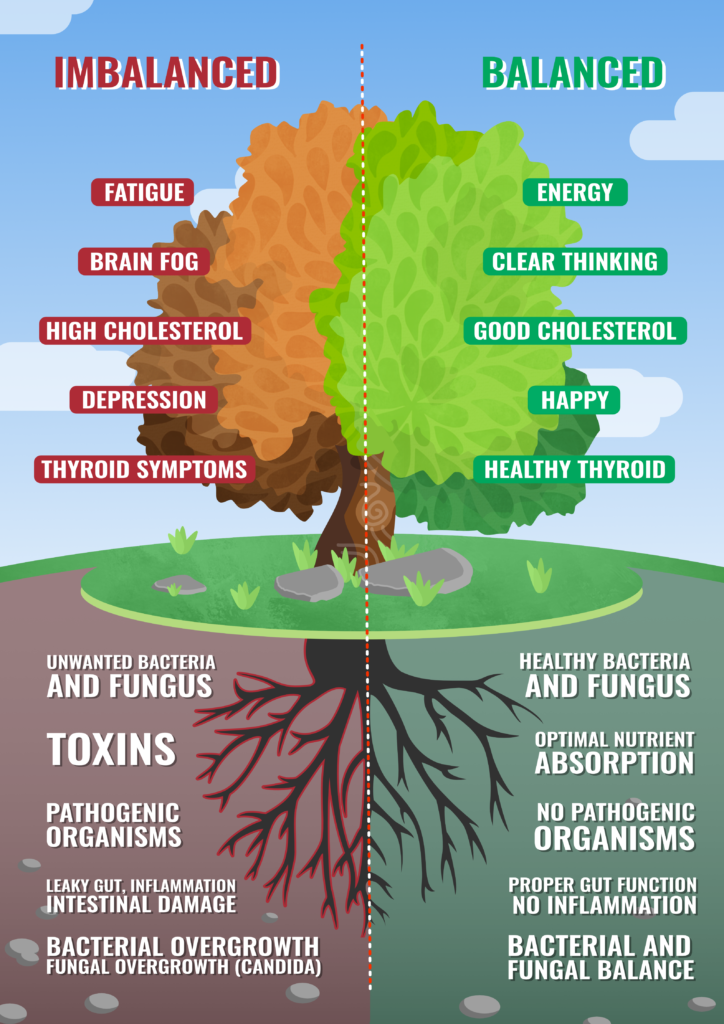

Skip a product that lists its expiration as the “time of manufacture” because the cultures may not be active - or there may not be as many of them by the time you buy it.


There’s no use in taking probiotics with strains that are dead. Bottles often include a “use by” date, which will indicate how long the cultures will stay live. Follow the label’s directions on what time of day to take the probiotic and whether to take it with or without food. In other words, pay attention to the star ratings when you research products online. Get a probiotic with live cultures, because those determined strains have to survive your stomach and make it to your intestines to work. Here’s what you can do to give yourself the best shot at good results: Hoping to reap the benefits of popping probiotics? And in a small 2011 study, those who took probiotics had improvements in bloating after 4 weeks, and their symptoms got even better by 8 weeks. In a 2014 study, participants who took a combination of probiotics saw significant improvements in bloating in as little as 21 days. In a 2011 study, people with irritable bowel syndrome (IBS) who took Saccharomyces boulardii for 4 weeks saw more symptom improvement than those who took a placebo. They also had better immunity indicators. probiotic drink for 12 weeks had fewer upper respiratory infections and flu-like symptoms than the placebo group. If you’re taking a probiotic for better immune or gut health, results may take longer.Ī 2018 study found that people who swigged a high-dose Lactobacillus sp. For diarrhea…Ī 2010 review of 63 studies found that combining rehydration therapy treatment with probiotics can reduce the duration and frequency of infectious diarrhea in as little as 2 days. The strain and potency of the probiotics you’re using and the health condition you’re using them for are all important factors that can help you determine how long they’ll take to work - and if they’ll work at all.


 0 kommentar(er)
0 kommentar(er)
